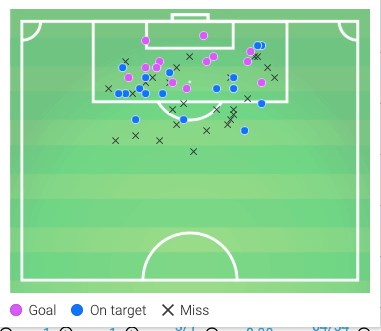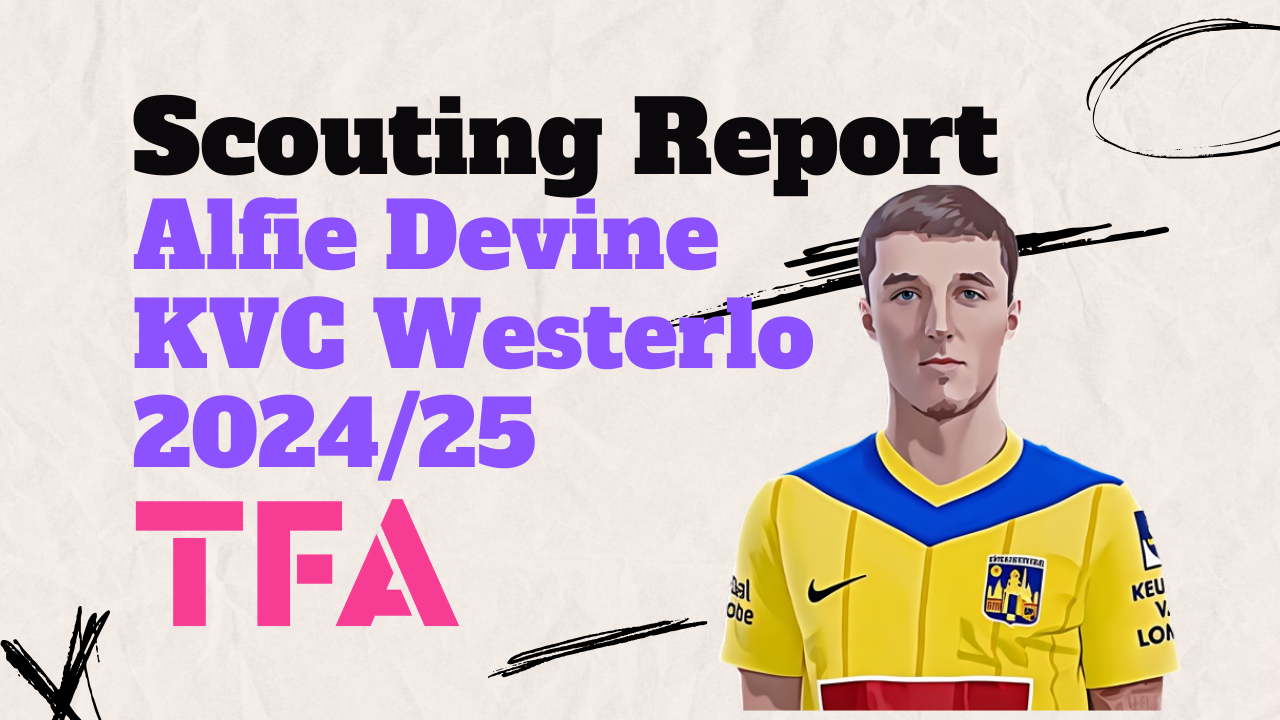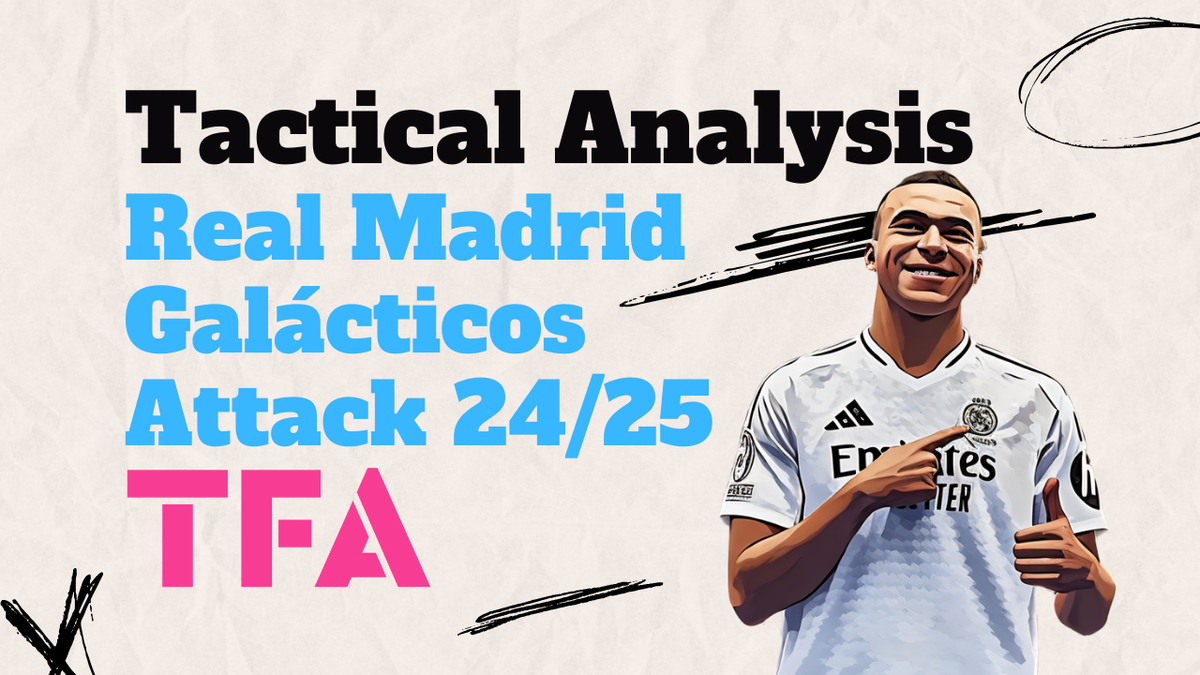Last week I was fortunate enough to attend the Leicester City Tactical Insights conference at the King Power Stadium, on behalf of Total Football Analysis. It was an incredible event attended by some of the world’s leading minds on data analysis, and over the course of the day, we heard talks from Barcelona, Arsenal, Chelsea, and the German National team set-up, as well as from a couple of other companies working behind the scenes in data analytics.
In this write-up, I will go through the presentations of the day and draw conclusions based upon the points made from the speakers. However, this is very much a brief overview of what was discussed at the conference. The talks were all different lengths so some sections below will be longer than others.
Over the course of the day, there were several themes that kept reappearing. One of the most common points made by almost every speaker was the need for those working in tactical analysis and those working in coaching to ensure they speak the same language. If the analysis is presented in such a way that alienates coaches then it’s no use because it will be ignored.
Introduction
Mladen Sormaz, Head of Analytics at Leicester City, spoke briefly at the beginning to introduce the day and pose some questions to the 300 people in attendance.
He spoke of focusing on two things when working on analysis. The first of these was to define the question in detail. For example, if the question is “How do the teams press?” then to give more depth to this question, “Is the press ball-oriented, man/space-oriented? What do we define as a press?” Of course, throughout all analysis, context is key, and should, therefore, be considered at all times. This was a theme that was revisited by many of the speakers throughout the day.
And secondly is the delivery of the insight. There should be a focus on actionable insights. One thing Sormaz mentioned in relation to this was how shot map’s or xG, as interesting as they are – are not actionable, but rather used to flag certain things.

Finally he stressed the importance of delivering data in the context with benchmarks if possible. By giving context to what data means e.g if a player is averaging 80% of their forward passes, what is the league average and where does this place them amongst their peers, then we are able to see how valuable it is. Again this was a theme that popped up throughout the day.
David Slemen – Elite Performance Partners, and Christoph Biermann – author
David Slemen was the first speaker invited to the stage by Mladen Sormaz and he is the co-founder and Managing Director of Elite Performance Partners (EPP). Slemen focused on recruitment and how his company are hired by clubs to help recruit, specifically with Head Coaches. To give context to the importance of changing attitudes for recruitment within football, he mentioned talking to one club who had admitted to looking at a famous betting website to see who they had as favourites for the vacant manager’s position to give them ideas.
To begin with, he discussed the principles of recruitment:
- Any role we hire is 50% culture and 50% capability
- The importance of mapping the market
- Any candidate is never more than 80% fit
- Diversity
He then went onto discuss how they consulted for Swansea as they looked to appoint the successor to Graham Potter following his move to Brighton, where they of course ended up appointing Steve Cooper. In the selection process, they had a vast number of candidates to choose from, and to filter it, they applied an evidence-based approach (data analysis), interview-based approach (natural fit), the fans’ view of coaches, the club’s view of coaches, the club philosophy, as well as the market view of the game.
Quickly following Slemen was the author of Football Hackers: The Science and Art of a Data Revolution, Christoph Biermann.
Biermann began by stating that data culture within football is far more apparent in northern Europe, whereas in South America, for example, it is still catching on.
Biermann has had plenty of access to the inner workings of the Bundesliga’s top clubs and spoke about certain issues he has found in those clubs with regards to data analysis.
Ensuring data is simplified for coaches is key. Coaches want to know how they can win the next game, or what players they need to fit their system. He also said don’t look to wow people with graphs, and that it needs to be easy to understand if it’s going to be of any use to a coach.
FC Barcelona – Integrative approach to analysis and coaching – Javier Fernandez de la Rosa, Carles Bargallo, Jordi Fernandez
This presentation was particularly interesting, not only because it was Barcelona, but also because they presented the information with Javi Fernandez, who is Head of Sports Analytics at Barcelona, but also both Carles Bargallo and Jordi Fernandez who have had experience coaching within La Masia academy, and therefore could give feedback on the use of the approaches Javi Fernandez was presenting from a coaches perspective.
They had some interesting questions about how we visualise the game, even down to the basics of it – whether you draw a pitch horizontally or vertically, when drawing player orientations on a tactics board why don’t you indicate the players favoured foot too as that is definitely important in player orientation. The pictures below show a player who favours their left foot on the left, and then their right foot on the right.

Or why we draw circles to represent players on a tactics board, and not numbers.
They then went onto speak about three principles in which the game is played in possession: Relocation, redistribution, and recovery.
With relocation they defined it as “How do I place myself to be in a constant communication channel with the ball?”. For redistribution, it is to understand that the ball is used to move the opposition. And then with recovery that is more self-explanatory, however, they discussed how important the other two are in relation to this, and went onto show examples of Barcelona counter-pressing following the use of the other two principles.
Moving on from this, Javi Fernandez posed a question – do statistics in fact limit what you see? The coaches certainly thought there was a danger. They asked, does data push you to think in a certain way? If that is away from your own intuition then it’s an issue, for as a coach it is important to trust this.
They said that when analysing a good analyst needs to understand what is important to the coach and to understand the game model. There is no point giving information to them that they are not going to be interested in. If they are watching a game live, for example from high in the stands as Barcelona do, then they may see something the coach hasn’t seen and it needs to be delivered in a clear, and concise way, and be relevant to the coach.
Once again they reiterated the importance of teamwork by coaches, game analysts, and data analysts, and that at Barcelona they are one team, rather than referred to as individual departments within a club.
Lisa Fallon – Game and Tactical Strategy Coach at Chelsea FC
Starting in radio as a sports presenter, Lisa Fallon got into analysis by asking a coach in the League of Ireland Premier Division whether she could do some opposition analysis for them. Now, many years later, she finds herself working in analysis for Chelsea.
Fallon defined effective performance analysis as understanding how you and others see things, understanding our definition of principles, how to translate information, and how we adapt our system to the opposition.
She then stressed the importance of defining something as successful in regards to context. For example, if a cross is blocked and goes out for a corner we might say that is an unsuccessful cross. However, if we are looking to win corners to use set-pieces we have worked on as a side, then it is in fact a successful cross because it has achieved the desired outcome.
The key performance indicator can change on a week to week basis and therefore we must adapt what we see as successful on a week to week basis as well.
Fallon discussed her work for a club in the League of Ireland Premier division and how they focused on marginal gains in relation to winning gains.
The majority of the presentation focused on penalties, and how missed penalties the season before had cost them many points. So they looked to firstly improve their penalty taking, and that came from employing systems such as having players have a first penalty preference and a second penalty preference. In practice, they showed the players a goal split into 12 even squares and had them point out to the coach on the grid where they were going to put their penalty. To increase the difficulty they would then have them point it out to the goalkeeper before taking their penalty, and finally they would have the players take penalties in a mock penalty shoot out setting, putting heart rate monitors on the players to work out who struggled with nerves before taking their penalty.
They also looked at where the team won fouls, with them winning twice as many fouls between the halfway line and the beginning of the final third than they did inside the final third. So they then looked at how to move these fouls further up the field to increase the amount within the final third and therefore increase the likelihood of winning penalties. To do this they pushed the positioning of their defence further up the field to then push the rest of the midfield and forward line, as well as the opposition, further up too and therefore move the action further up as well.
The team scored all 16 of their penalties the following season.
StatDNA – Arsenal’s academy
StatDNA, who work in partnership with Arsenal focused on their academy work. They highlighted their approach to their work in the following chain: football – data/modelling – video – discussion – reporting – and repeat.
With Arsenal they use the following:
- Performance profiling – How they have been performing/ identifying strengths and weaknesses.
- Performance trajectory – How are they performing over a time period?
- Player comparison – peer to peer, same positions.
- Historical performance context – Helping predict the trajectory of players based on previous players of the same position from the Arsenal academy.
The last of these was particularly interesting and seemed logical. By looking at how a current Arsenal academy graduate measures up to the likes of Jack Wilshere at the same age and the same categories, they can gauge a rough idea of the trajectory of this player.
Questions they frequently ask themselves are: What area can a player develop in? Has a player improved in a given area? Is a player being challenged in their age group?
Also how they measure a player’s development is based around the philosophy of the club. So if a forward has developed in a way where he is particularly good in aerial duels, however, part of your club’s playing philosophy is to play forward with the ball on the floor, then this area of development is irrelevant.
Ryan Garry, the assistant U23 coach gave a coach’s perspective and that data helps and challenges a coaches perception on performance, supports decision making and helps identify individual areas of development. It also helps develop team strategy and helps a coach identify whether a player is ready to progress in the academy.
It informs session design, player buy-in to session content, and helps review the intended session outcomes.
Stefan Kuntz – Head Coach of the German U21 national team
Stefan Kuntz is well remembered for his performance in Euro 96 against England, but is now the Head Coach of the U21 national team. He discussed how data influenced their offensive play.
He highlighted two areas that they had looked at. Firstly, why they weren’t scoring as much as they believed they should be.
Straight away they noticed that 49% of shots came from outside of the box, and this meant many wasted possessions and had led to very few goals. Although they didn’t want to necessarily discourage players from taking shots from far out, they did want to encourage them to see if there were better options in advanced areas before doing so. They then saw that 34% of their shots came from inside the six-yard box. 64% of these shots from within the six-yard box were on target. 13% of their shots came from the rest of the 18-yard box and 48% of these were on target.
So they identified this as an area to improve and looked at ways to create more shooting opportunities within the six-yard box.
Kuntz also talked passionately about players scanning during possession and before receiving the ball. This was something his analysis team had picked up on as a frequent reason why they had lost possession. Kuntz then looked to fix this in training with a simple session based on players playing in a diamond. The middle players moved away from a mannequin, received the ball from one end and played to the other, scanning before receiving. However, he pointed out the importance of recording training sessions, as he showed the conference the recording of this session, and that when he wasn’t watching certain groups, they were still not scanning. So he knew he needed to continue with this topic.
He then showed another session he put on where players played on half of a pitch that had been split up into 64 square grids. Playing from one end to the other in groups of three, players had to move into a different grid to receive a pass from their teammate, and continue doing this as they moved the ball up the pitch. He then progressed this to a practice where there were three or four groups going at once, creating lots of traffic and confusion, but making the experience more realistic. He then showed the improvements with examples from subsequent games, and showed examples of goals where the build-up play had mirrored the session in the grids, showing the full circle of identifying a problem through video analysis, fixing the problem in training, and then seeing the results in games.
Conclusion
This is a very brief overview of the issues addressed at the conference but nevertheless there is plenty to think about here. As a coach and an analyst, it truly reinforced the idea that these need to go hand-in-hand for there to be any success from analysis and that communication between coaches and analysts is key. It was also interesting to see the emphasis given to presenting ideas in as simple a way as possible, whilst also ensuring context was always provided with actionable data.




Comments